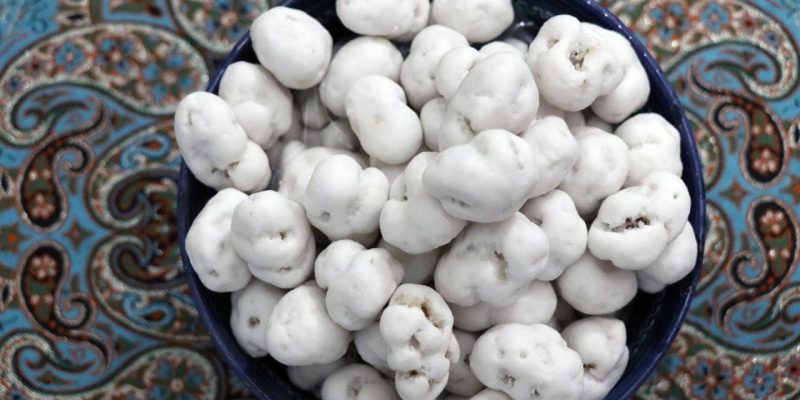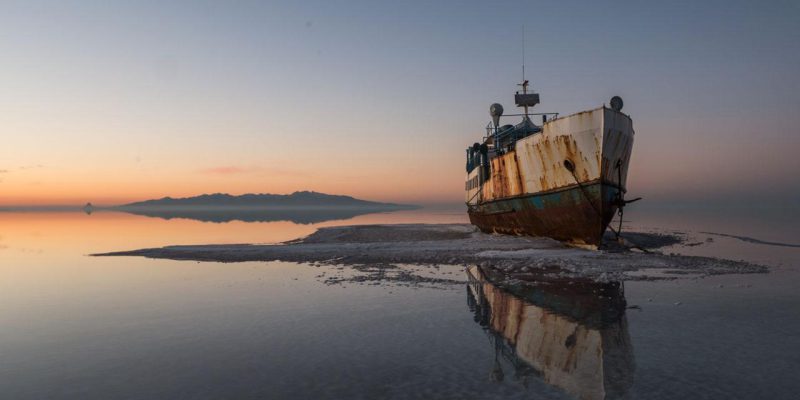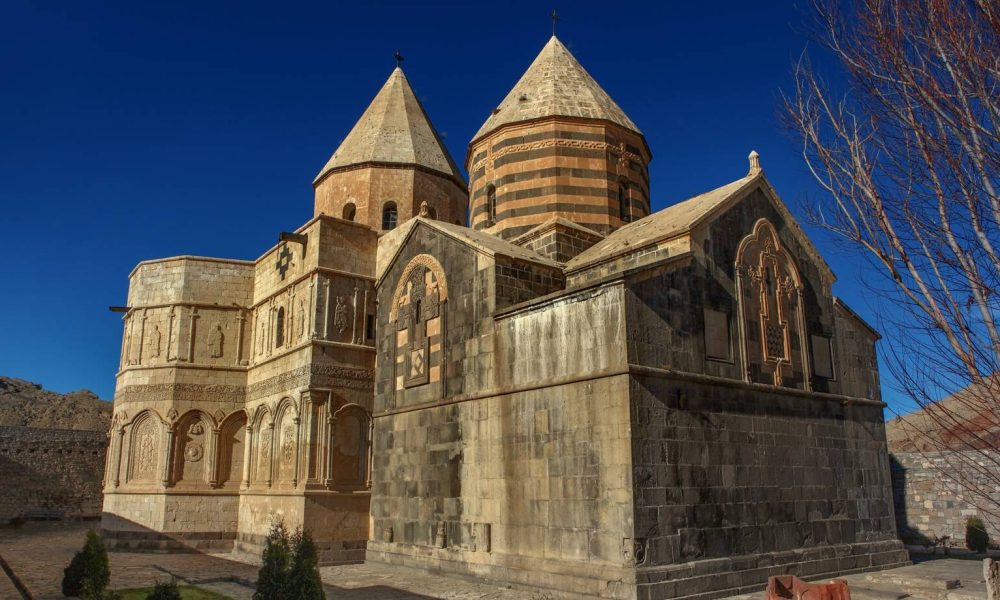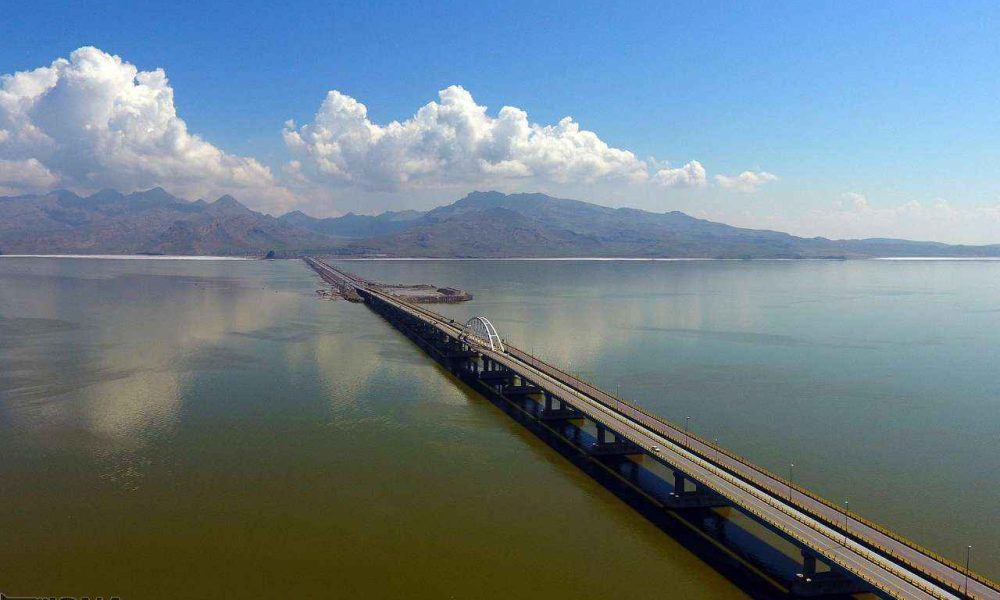Black Church (UNESCO Heritage)
The monastery of Saint Thaddeus is an Armenian church with all architectural symbols and peculiar decorations. The monastery materials are black and white stones, inscribed as an Armenian monastic ensemble by Unesco World Heritage.
The church is famous as Qare Kalisa (Black Church because of the black surface. Saint Thaddeus is in the mountainous area of Chaldoran with its distinctive conical roof. The main structure of the church goes back to around 2000 years ago. Qajar dynasty rebuilt the church after an earthquake about 200 years ago.








